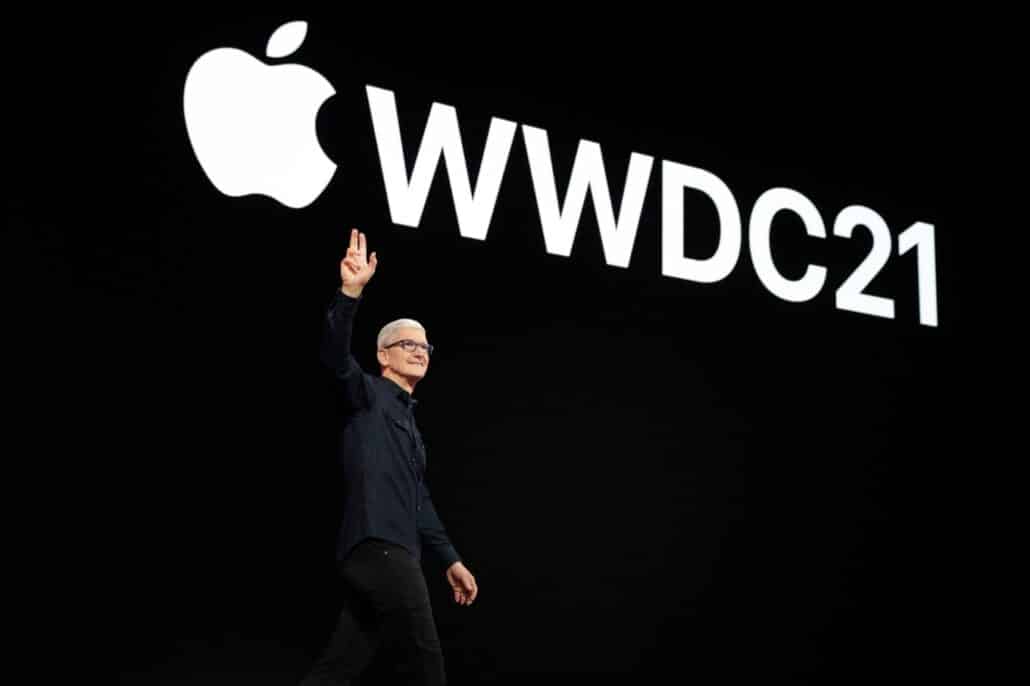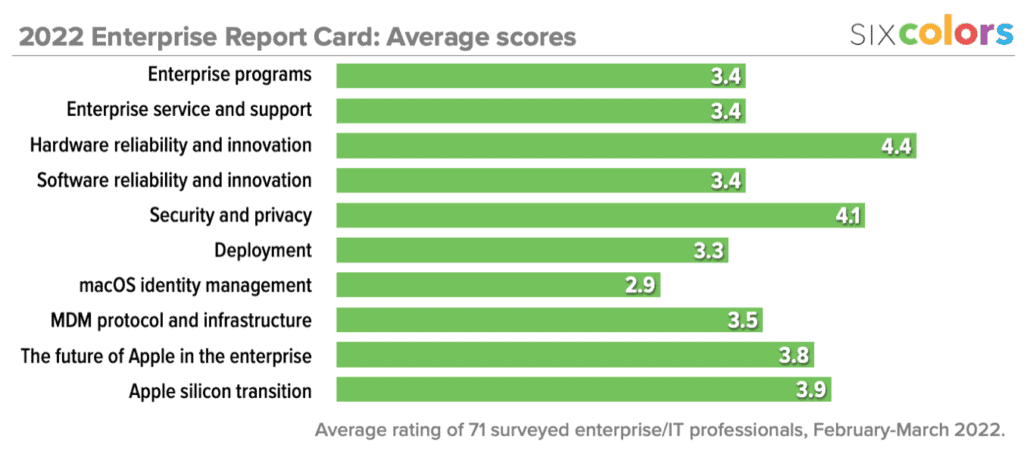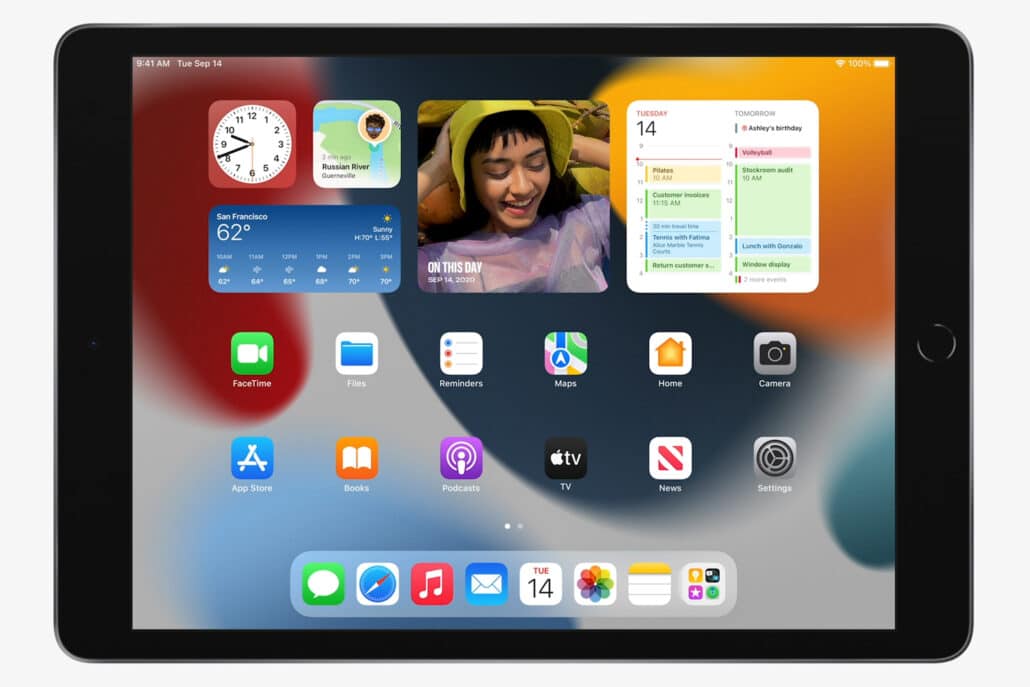
Why does the Apple TV still exist?

I use the Apple TV every day. It’s attached to my living room TV. And while I’ve complained about how little Apple seems to be focused on updating and improving the device, I’d never seriously considered that the Apple TV box as we’ve come to know it might not be long for this world.
But after listening to a discussion of the issue on the February 8 episode of John Gruber and Ben Thompson’s podcast Dithering and spending a weekend away at a friend’s vacation rental house, I think I’ve changed my mind. I don’t know where the Apple TV hardware is going, but it can’t stand still. It either needs to evolve into something else, or die. And it might need to die anyway.
From exclusive to ubiquitous
For a long time, the killer feature of the Apple TV was that it did things that no other streaming device could do. It supported AirPlay and screen mirroring, for beaming video right from Apple devices to the big screen. And most importantly, it was the only box that supported movies and TV shows rented or purchased from Apple.
But over the past couple of years, most of those distinctions have faded away. First, the arrival of the Movies Anywhere service has allowed most iTunes film (not television) purchases to migrate to other devices. Then in advance of the arrival of Apple’s TV streaming service, Apple made deals with the makers of TV sets and streaming boxes to add support for AirPlay, an Apple TV app, or both.
My friends’ vacation rental, where my family and I stayed last weekend (we got to sit by ourselves in a different house, and eat different takeout!), didn’t have an Apple TV or any other streaming box. But it had a 65-inch TCL TV running the latest Roku software, which supports all streaming services (including Apple TV+), and AirPlay.
Back in the old days, I’d sometimes travel with an Apple TV in order to get access to movies and streaming services. We didn’t bring a thing last weekend; I used AirPlay and the on-board apps on the embedded Roku OS to do it all. I even watched a live-event stream on Zoom via AirPlay mirroring.
So why use an Apple TV at all?
With all that has changed, Apple is still selling the same Apple TV 4K box it introduced three years ago, starting at $179. To be clear, most new TVs come with a capable (and Apple-compatible) software platform, and you can buy a perfectly capable 4K Roku box for $34. So what advantages does the Apple TV box have left?
- It’s from Apple. The brand name’s on the box. It’s from the platform owner. It’s going to have some features that are probably better on Apple’s hardware than on other boxes. I’m sure it’s all just a little bit nicer.
-
Games. Apple TV isn’t exactly a games console, but it plays a library of iOS games, including Apple Arcade games, and will work with gaming controllers. It’s essentially a lightweight and limited video-game console. I’m not sure it will satisfy many console gamers, but it does run mobile games pretty well, and I’ve bought numerous Jackbox Party Pack games on Apple TV.
-
HomePod support. Apple has wired in support for HomePods as external speakers, giving Apple a miniature home-theater setup of its own—for a very high price. And according to my podcast co-host Myke Hurley, using HomePods as external speakers for an Apple TV is still a buggy and frustrating experience.
-
HomeKit support. The Apple TV does function as a HomeKit hub, so if you don’t have an iPad or HomePod in your house, you’ve still got a device that can operate to run automations on your home devices.
-
The remote. Look, I know the Apple TV Remote doesn’t have a lot going for it. It’s impossible to orient properly by touch, and a stray finger swipe can end up losing your place in whatever movie or TV show you’re watching. There are so many reasons to dislike it. And yet… I also kind of like the Apple TV Remote, if only because it enables rapid scrubbing through content (click the touchpad, then swipe left or right to move the cursor) in an efficient way that I haven’t seen from any other remote I’ve used. I like it. It’s not enough to make me recommend an Apple TV to anyone, but it’s enough for me to keep using my existing Apple TV and keep using the Apple TV remote rather than just switching full-time to my Logitech Harmony universal remote. And while I don’t really use Siri on Apple TV, I have friends who swear by it, especially its clever feature to jump back in time and turn on captioning to clarify a line of dialogue.
Uh… that’s all I’ve got. Pretty screensavers, maybe?
What’s next, if anything?
Which brings us back to the original question: Why does this product still exist, and is there anywhere for it to go next? Gruber and Thompson suggest that perhaps the way forward is to lean into an identity as a low-end gaming console. Maybe amp up the processor power, bundle a controller, and try to use Apple Arcade to emphasize that this is a box that is for more than watching video.
The thing is, that’s really been the story of the Apple TV for the last few years, and so far as I can tell, it’s basically gone nowhere. Apple isn’t Nintendo or Sony or Microsoft when it comes to gaming. Apple’s track record with gaming products isn’t solid, to say the least. It’s hard for me to see this succeeding—but it doesn’t mean Apple won’t try.
The other possibility that I’ve come up with is to merge the Apple TV with some other technologies in order to make something more than just a simple TV streamer. Gaming can be a part of that, yes, but there needs to be more. Broader HomeKit support, perhaps with support for other wireless home standards, would help, as would a much more sophisticated set of home automations.
And if Apple really wants to continue to play in the home-theater space, I’ve been saying for years that there’s room for an Apple SoundBar, that could integrate the big sound of HomePod with the Apple TV software to create a solid music and video experience.
Then there’s the final possibility: No more Apple TV. Removing it simplifies Apple’s product naming scheme (Apple TV is a hardware box, an app, and a streaming service, but not yet a dessert topping), and allows the company to focus on other things—perhaps including other home-themed products that might be more up its alley.
I don’t think Apple is going to kill the Apple TV, even though I might recommend that it do so. If I had to predict a next step, I’d go with Gruber and Thompson: Apple TV Arcade, an updated, premium-priced box that will lean into games and other features that competing TV boxes don’t offer. I’m not optimistic that it’ll be successful, but it does seem like something Apple would try.
[For more reasons Apple TV should exist, read the follow-up.]





